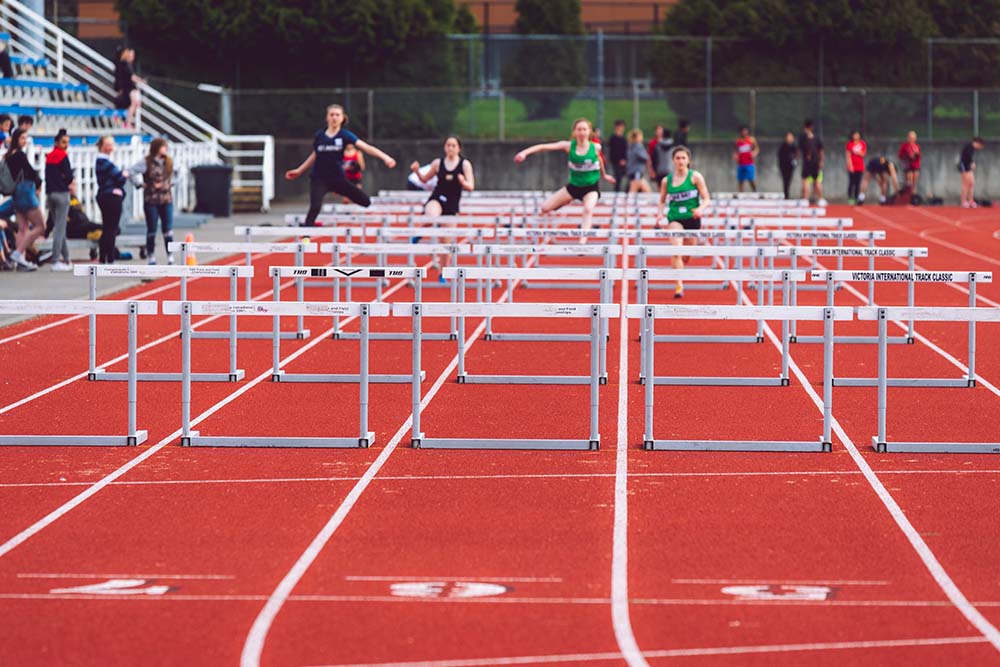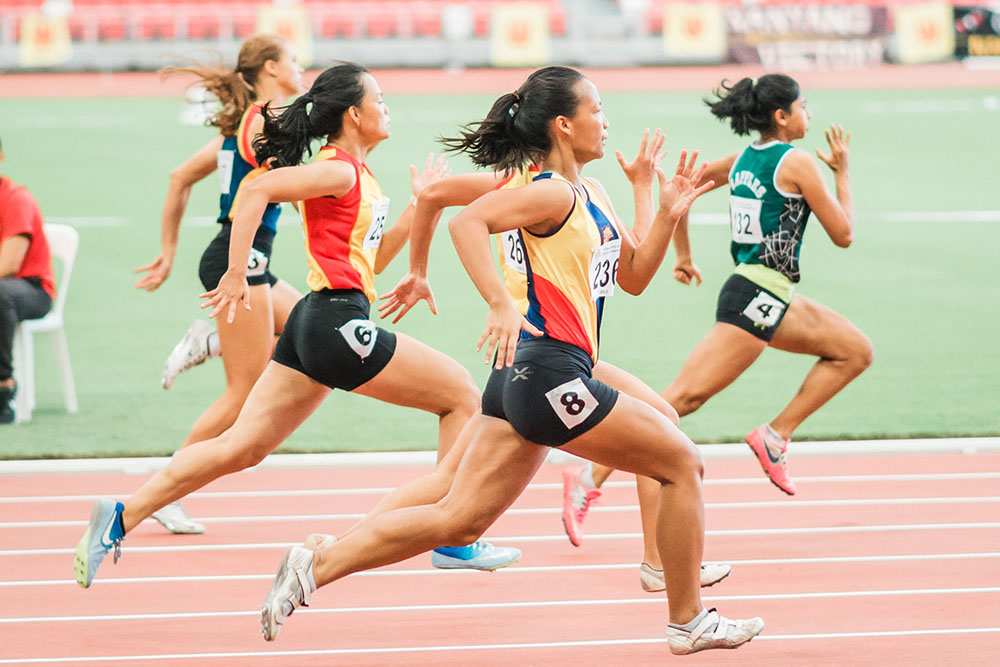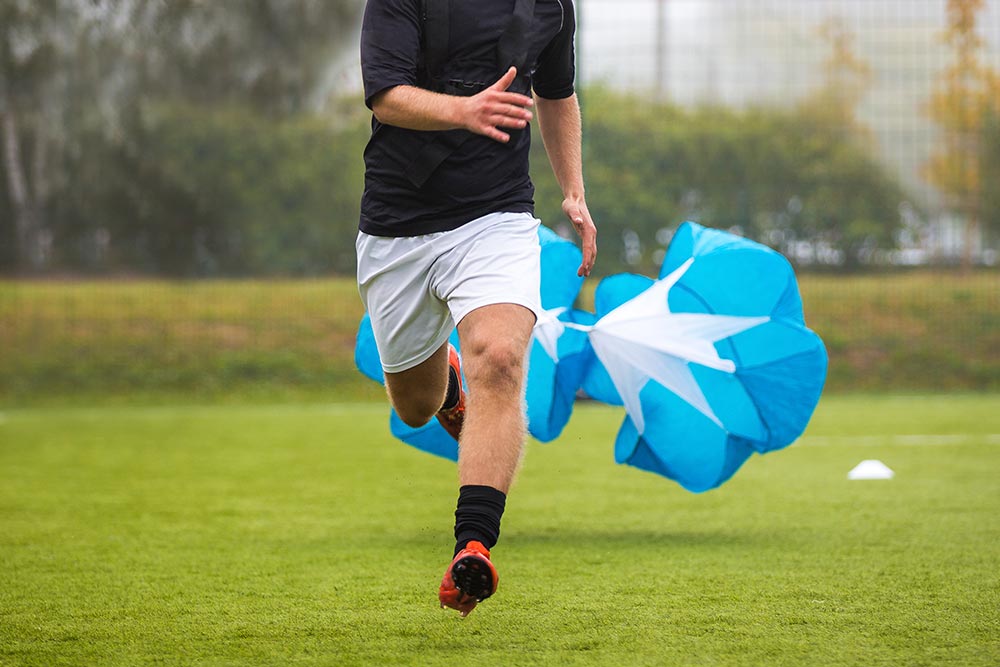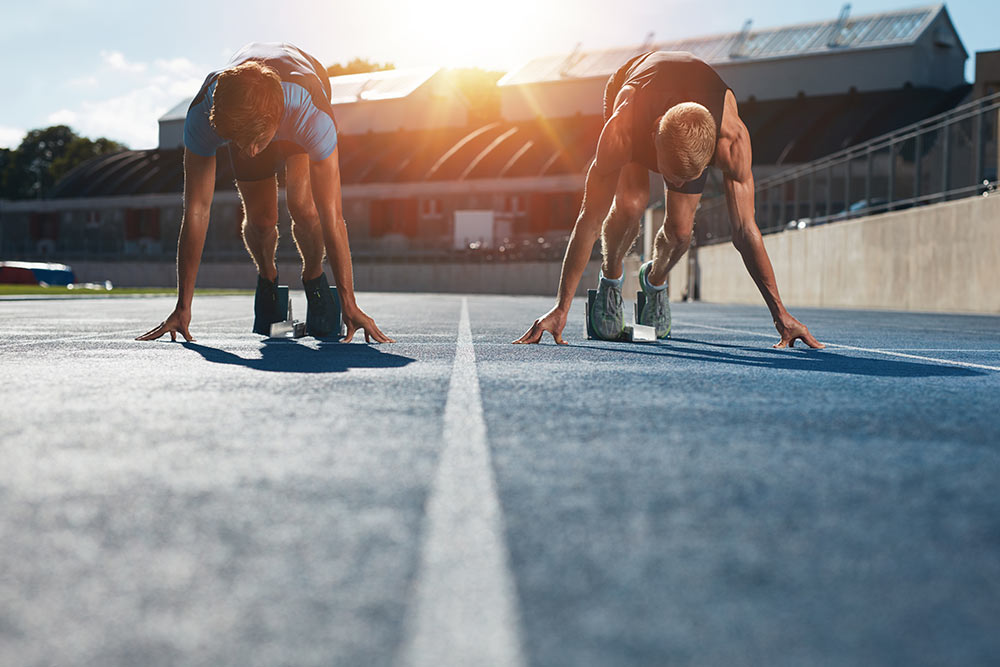Running Cool Down Drills | FastTwitchGrandma Running Tips & Tricks
Post Workout Drills
Post workout drills are an important tool to help improve performance. These drills are meant to reinforce neuromuscular connections, improve proprioception and body awareness, and improve running economy.
The following drills are meant to be done after your workout and after you have done your cool down. The drills are meant to reinforce good form, proper running mechanics and explosive energy while you are tired. During the later stages of a race, when our bodies are working at maximal effort and we are coming into the home stretch, proper form and running economy is going to be the deal breaker. Doing drills post workout builds and reinforces neuromuscular connections so that we can tap into them while we are tired during a race. If we have better form, more efficient running economy, and thus more energy and more explosive power, we are better able to surge through the finish than try to flail our arms and try to hang on.
Basic Drill Breakdown
- Running High Knees
- Running high knees, often referred to as ‘A’s are a standard workout drill. Meant to improve foot speed and arm movement, this is an excellent drill to get athletes to help lift their knees more in the first phase of running (flight phase).
- Jog 10m, drive your knees up so that your thigh is coming parallel to the ground before snapping it back down and drawing the opposite leg up. Do not move forward, try to stay in one spot.
- As your legs move, so too should your arms. Arms should be kept bent at the elbow at 80-90 degrees and all movement should be through the shoulder. Arms should almost sweep the hip and come up to your cheek without crossing your midline.
- When feet come up they should be dorsi flexed (toes drawn towards the shin) before being snapped back into plantar flexion for the next high knee.
- 3 x 10-20 touches interspersed with 10m jogs. Repeat twice.
- Butt Kicks
- Meant to improve foot speed and heel cycling, these drills are similar to high knees. High knees help to first phase of the running stride, butt kicks help with the second phase (recovery phase).
- Jog 10m, and pull your heels back towards your butt as fast as you can. Try not to pitch forward too much; keep your hips and shoulder in line, perpendicular to the ground.
- Try to keep your knees from coming forward as you do this. You want to remain in the same spot as you rapidly draw your heels back and having your knees come forward promotes forward movement and can cause your body to pitch too far forward.
- Arm movement will come from the shoulders, elbows should be kept at 80-90 degrees. Arm swing will come from behind the body to the hip during this drill.
- Feet should try to be kept dorsi flexed during your butt kicks.
- 3 x 10-20 touches interspersed with 10m jogs. Repeat twice.
- Walking Lunges
- Walking lunges help to promote full phase cycling (knee drive plus heel recovery when done properly) as well as promotes balance and power.
- Lunge forward while drawing your knee up so that it is parallel to the ground as you fall into the lunge.
- In your lunge position your forward knee should not come past your toes. Your shin should try to be as perpendicular to the ground as possible. Otherwise you go are promoting an over stride which is very detrimental to performance.
- As you come up from your lunge back into an erect position, pull your trail leg up and through your butt before shooting it forward into your next lunge.
- Arms should move as they would if you were running. Opposite arm, opposite leg, full motion through the shoulder (cheek to cheek: face cheek to butt cheek).
- At no point during this drills should you be pausing at the top or bottom of your lunge; it should be a flowing motion as your trail leg comes up and heel comes through your butt into your next lunge. Almost like riding a bike
- 10- 20 lunges, 2-3 times
- Tuck Jumps
- Tuck jumps promote rapid speed and power.
- The goal is to go as high as you can, as quickly as you can, with the least amount of time spent on the ground.
- It is easiest to start with a few short hops up and down to warm up before starting the drill.
- Explode off the ground as high as you can while drawing your knees up as close as you can to your chest.
- Shoot them down to the ground and the instant they make contact repeat. Spend as little time as you can on the ground
- 10-15 tuck jumps, 2-3 times
- Hurdle Bunny Hops, two footed and single legged
- Bunny hops helps support speed, power, leg cycling, and balance. An excellent all around drill.
- You will need 8-10, 8-12 inch tall mini hurdles spaced roughly 3 feet apart from each other.
- Two foot bunny hops: With your legs together draw hop of the hurdles, trying to bring your heels up to your butt as you do so. Arms should be moving against the hops (similar to how you run – arms come back as knees come forward). Try to spend the least amount of time on the ground as you can – emphasize being fast and quiet. Do not slam your feet down into the ground, land on your forefoot to better absorb the impact and load for your next hop immediately.
- Single leg bunny hops: On one foot, hop over the hurdles similar to the double leg bunny hops. Draw your heel up through your butt and push your knee forward to fully cycle the leg. Spend the least amount of time on the ground as possible. Emphasize being fast and quiet. Don’t slam into the ground, land on your forefoot to you can absorb the impact and easily load into your left hop. Your arms should move as they would as if you were running. Opposite arm, opposite leg, full movement from the shoulder.
- 2 times through on double legged bunny hops, 2 -3 times through on each leg doing single leg bunny hops.
- Pose Drills
- Pose drills emphasize balance and reaction speed.
- Start the drill by balancing on one leg. Your non-balance leg should be drawn in front of you so that your thigh is parallel to the ground, your foot dorsi flexed and held up. Arms should be placed in a running position. Arm opposite your raise knee should be raised up to your face cheek. Arm that is above your raise knee should be by your hip. Keep your back straight.
- From your balanced position, draw up on your toes ever so slightly so that you are not balancing on your heel so that you have to find your balance. This mimics take off position while running.
- Hold in that position for a second so you have to fight to balance a little bit.
- After a second switch position as fast as you can, shooting your raised leg down to the ground and drawing the former balancing leg up into a high knee position. As your legs move so too should your arms. Focus on balancing so that you do not sway when you switch while remaining as fast as you can.
- Repeat 20 times.
- Spring Balance Drill
- The spring balance drill promotes balance and coordination during a power movement.
- Balancing on one leg, squat over, bending through the ankle, knees and hips so that you are low to the ground and your back is nearly parallel to the ground. Your arm opposite your balance leg can come down slightly, almost to the ground. Your non-balance leg should be drawn back behind you , bent at the knee slightly and at no point should it touch the ground.
- Spring upward from this position, straightening your whole body upright and coming up off your heel and onto your toes slightly. Your arm opposite your balance leg should come straight up overhead. Your balance-side arm should come back and sweep the hip as it would if you were running.
- Your non-balance leg should be drawn through your hip, hell coming through the butt and driving your knee forward. Hold your thigh parallel to the ground in this upright position, focusing on recovering your balance after the fast, powerful movement.
- Repeat 10 times each leg.
Related Video:
You Might Like:










